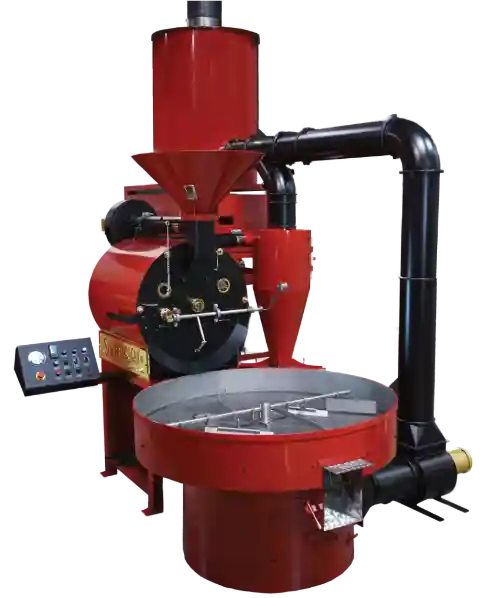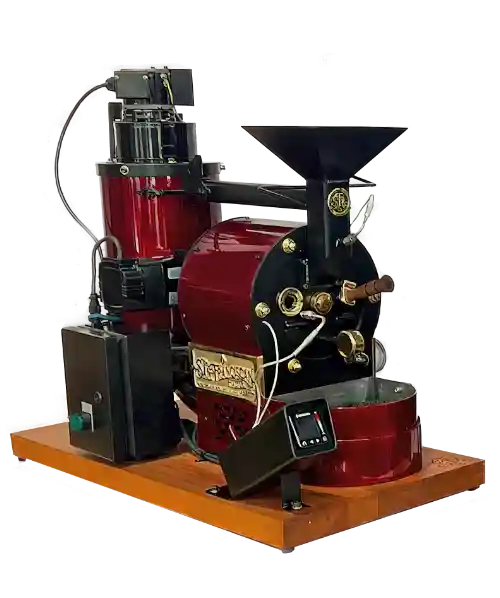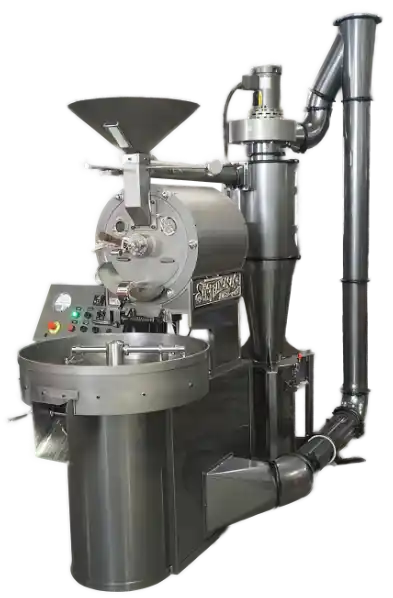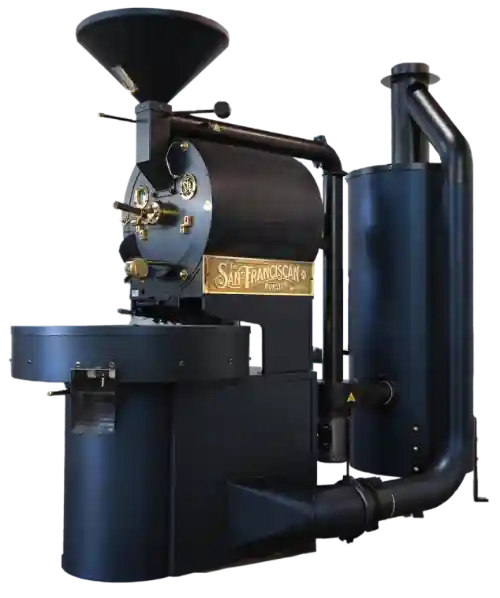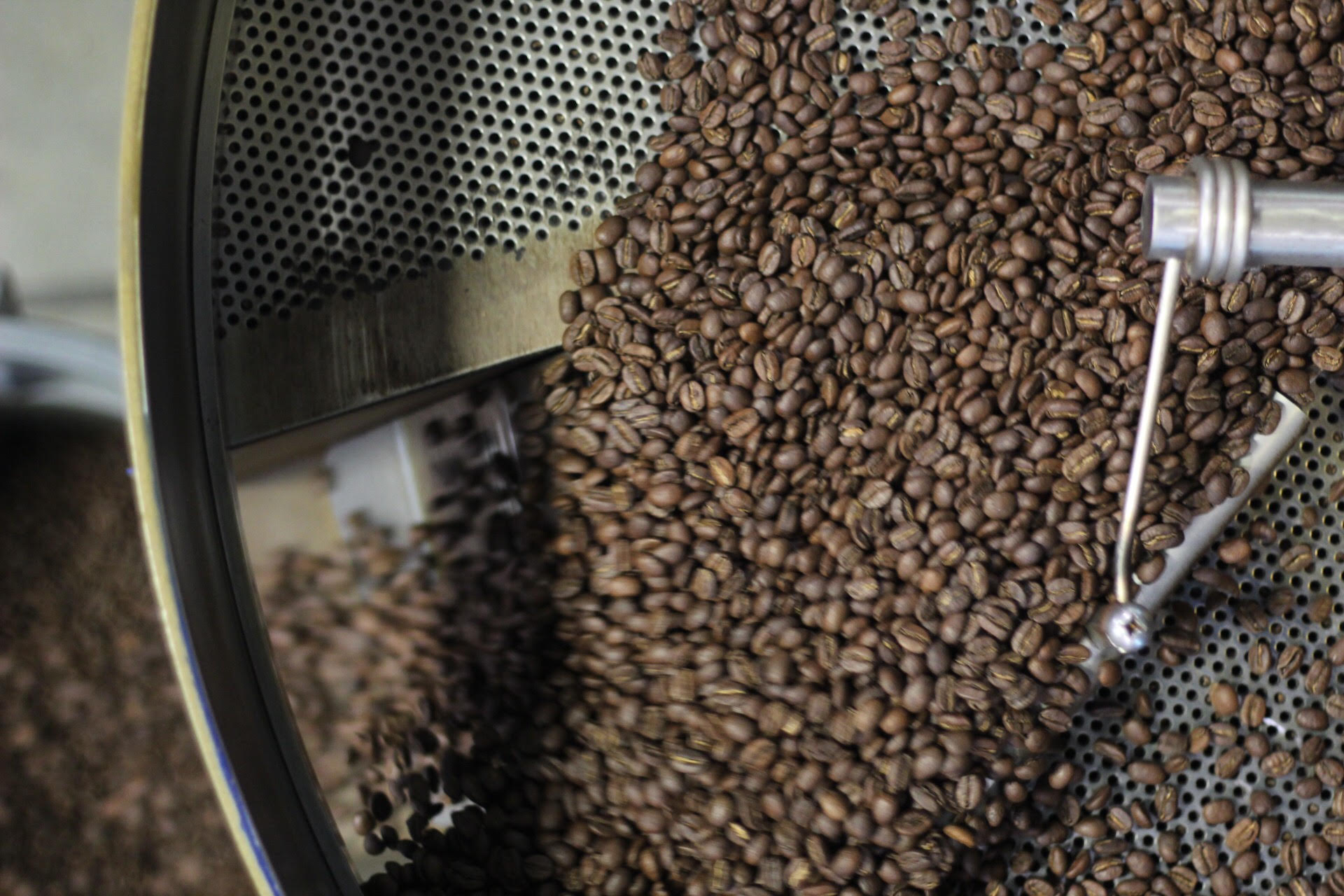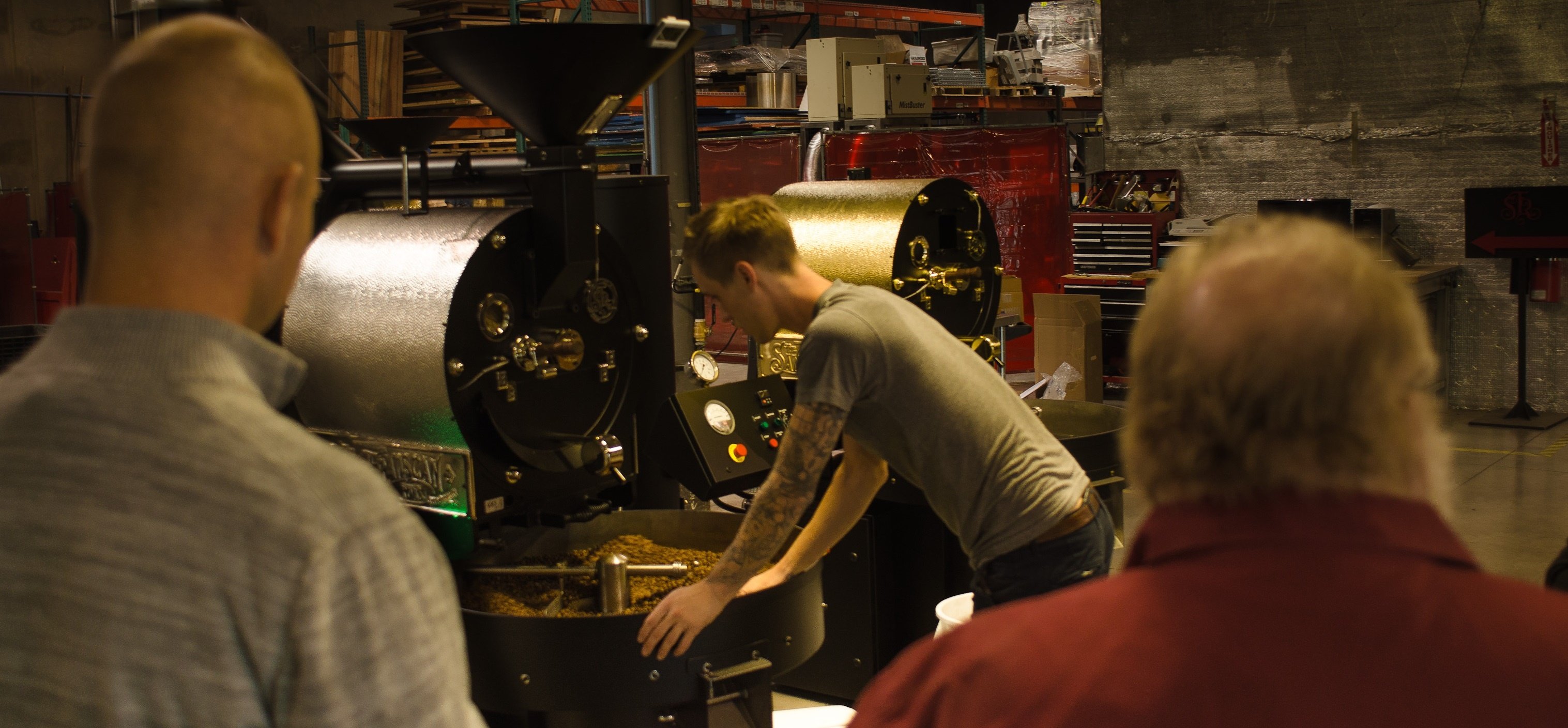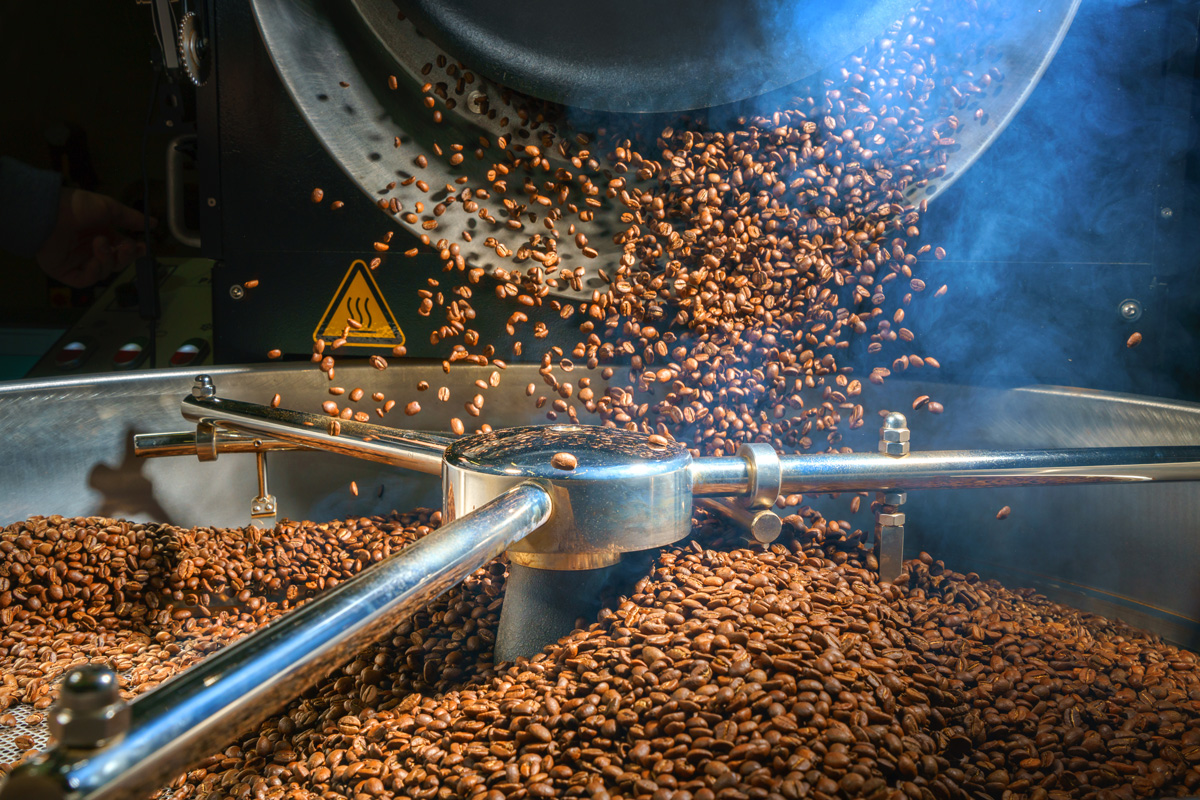From the First Coffee Bean to the Vanilla Latte: Coffee’s Long, Global History
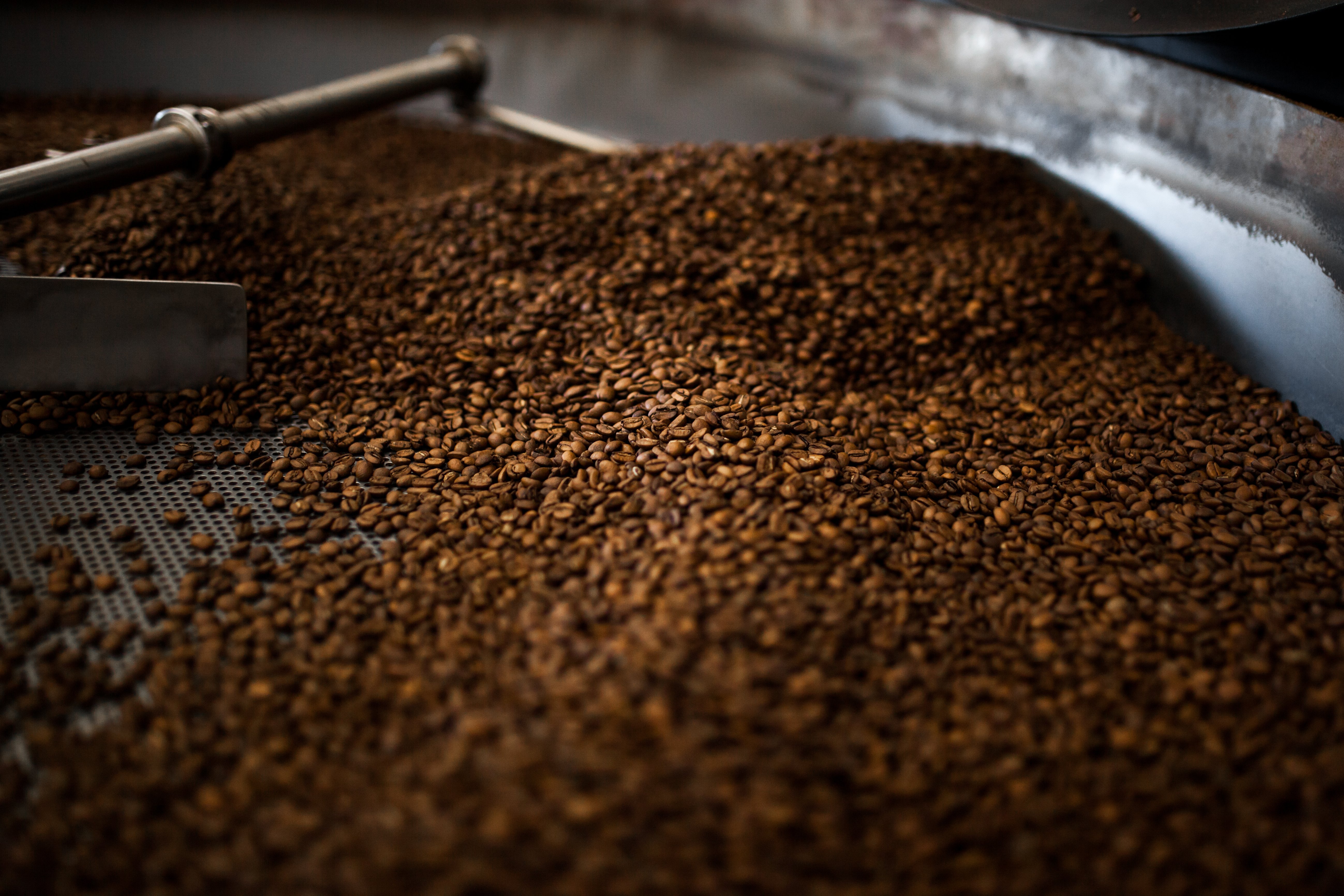 Coffee is as universal as the air we breathe. From South America to Asia back to Europe and Africa, coffee is consumed all over the world. It’s one of the most popular drinks on the market and has been for hundreds and hundreds of years. While coffee may have been around a lot longer than researchers can prove, its earliest known use was in the 15th century in Yemen, in the Sufi Monasteries. From there, the consumption of coffee can be traced in many countries throughout history.
Coffee is as universal as the air we breathe. From South America to Asia back to Europe and Africa, coffee is consumed all over the world. It’s one of the most popular drinks on the market and has been for hundreds and hundreds of years. While coffee may have been around a lot longer than researchers can prove, its earliest known use was in the 15th century in Yemen, in the Sufi Monasteries. From there, the consumption of coffee can be traced in many countries throughout history.
Mapping Out Coffee’s History: The Origins of the Bean
Coffee’s historic journey can be mapped out all over the world, through centuries upon centuries of cultivating, roasting, and trading between different countries. Though the first recorded consumption of coffee was in Yemen, it is believed that coffee beans were first exported from Ethiopia, in Africa, to Yemen. While not confirmed, legend has it that coffee was first discovered in Ethiopia by a farmer who noticed that one of his goats was acting more energized and was in a generally better mood than usual. Upon investigation, he realized, it was because his goat had eaten the berries off of a coffee plant, whose seeds are actually coffee beans. After this, word about a magical berry that made one feel great spread like wildfire until just about everyone was looking to grow what was thought to be the ultimate magical plant. While this is thought to just be a legend, there might be some yet unproven truth in the story about where coffee originated, especially since researchers believe countries in Asia first got coffee from traders in Ethiopia and other northern African countries.
From there, Yemenis purchased coffee from cultivators in Ethiopia and distributed it throughout Yemen and beyond. Coffee was then traded throughout major cities like Cairo, Egypt; Baghdad, Iraq; Damascus, Syria; and Constantinople, which was the capital of the Roman/Byzantine Empire.
Coffee was a prominent commodity in many African and Asian countries, including India, Egypt, Ethiopia, and throughout the Ottoman Empire. People roasted it, traded for it, and enjoyed the sweet aroma, bitter taste, and jolt of caffeinated energy coffee provided them.
Coffee Makes it Way to Europe
It wasn’t until the 16th century, however, that the coffee industry made its way to Europe. Coffee was first introduced in Malta, then Italy, before taking all of Europe by storm. Love for coffee quickly spread from Italy to Austria, Germany, France, and England. In Europe, coffee was often thought to be useful for medicinal purposes, so not only was it enjoyed as a hot beverage, but it was also used to treat many ailments.
Coffee also became popular in the Netherlands and Poland. In the Netherlands, coffee obtained from Mocha, Yemen was grown inside early versions of greenhouses, where it grew quite well despite the climate outside the greenhouse.
It was because of European settlers that coffee made its way to other countries all over the world. In the 17th century, coffee was introduced in Japan and Indonesia by the Dutch while Spanish settlers introduced it to the Philippines in 1740. European settlers also introduced it to many countries in South America and the Caribbean. However, this is where coffee growing and manufacturing takes a rather dark turn.
Coffee, Colonization, and Revolutions
From Europe, coffee was transported to North America, where it was first introduced in Martinique in the Caribbean by Gabriel de Clieu, a French explorer, in 1720. Only seven years later, coffee was introduced to the people of Brazil by Portuguese settlers. It was later found that Brazil’s climate and soil were both adequate for coffee production, though it didn’t become mass produced until 1822 after Brazil gained its independence. By 1852, it was the largest coffee producer in the world. By the end of the 1800s, coffee from Brazil was being sold in many African countries, including Tanzania and Kenya. Meanwhile, a different kind of coffee bean was being produced in the Isle of Bourbon (Reunion), east of Madagascar. The coffee grown here influenced the coffee produced in Brazil and Oaxaca, Mexico. Brazil was the leading manufacturer of coffee in the entire world from 1850 to 1950.
Much of the coffee manufacturing, though, was handled by slaves who were forced to work in the plantations. This caused numerous issues between the natives of these countries and the settlers who invaded, and led to many revolutions throughout South America and the Caribbean. For example, coffee was also grown in Haiti, but eventually died down because of the Haitian Revolution, which, among many other issues, was fought because of the horrible conditions slaves were put in in order to produce coffee beans.
In addition to the issue of slavery, miles upon miles of rainforest were cut down to make way for coffee plantations, dramatically impacting the environment, livelihood of many of the people living in these regions, and endangering the animals that occupied those lands.
Coffee in the United States
While coffee was widely consumed in the original thirteen colonies, it was always second to tea. That was, until, the American Revolution. In the late 1700s, at the cusp of the Revolutionary War, coffee became more popular because of the Boston Tea Party and the subsequent boycotting of tea. From there, Americans’ love for coffee was born, even after tea became an acceptable drink in the United States again. Though, there’s no questioning the fact that coffee is more popular in the states than it is in England today, probably because of the long-term effects of the Revolutionary War.
Today, coffee is imported to the United States from all around the world. As home to major coffee chains, like Starbucks, coffee continues to be a popular drink among people living in the United States.
Coffee in Recent Times
Starting around 1950, many other countries entered the coffee industry, leveling the playing field, including Colombia, Vietnam, and Ivory Coast. This brought coffee to more countries than ever before.
In present times, we’ve seen the rise of large coffee corporations, such as Starbucks, Folgers, and more. In addition, many major restaurant chains, including McDonald’s and Dunkin Donuts, have begun selling coffee to keep up with popular demand. This is what we call Second Wave coffee. Some popular trends include sweet, sugary coffee drinks as well as the introduction of other espresso-based drinks, like lattes. Coffee is still as popular as ever, even now, centuries later from when it was first introduced to the world.
As coffee roasters, we’d be a part of what’s called Third Wave coffee. A big part of Third Wave coffee is creating a more sustainable and fair coffee industry, something that his helping to create a better future for everyone from roasters and farmers to baristas and consumers.
A Better Future for Coffee Growing, Roasting, and Drinking
While coffee is a beloved drink by many, there’s no denying that the coffee industry has had its ups and downs in terms of colonization, slavery, immoral practices, and other issues that have emerged over the years. However, there are many practices in play now that are helping to combat these issues and make coffee a fairer, more rewarding job for growers, manufacturers, roasters, baristas, and consumers. While there is still a lot of progress to be made in the coffee industry, Third Wave coffee is doing a lot to promote sustainability, fair labor practices, and other more positive aspects in the industry, working toward a better future for coffee professionals and consumers alike.
Another way people are helping to improve the future of the coffee industry is through inclusivity and ensuring every farmer or roaster, no matter their background, is given fair and equal rights. At The San Franciscan Roaster Company, we support farmers, roasters, and coffee shops of all backgrounds all over the world, which is why we manufacture high-quality coffee roasters that can be used in the specialty coffee roasting industry. With better practices, we can make a more inclusive coffee industry that supports coffee growers and roasters all over the world, paving the way for a better future.

